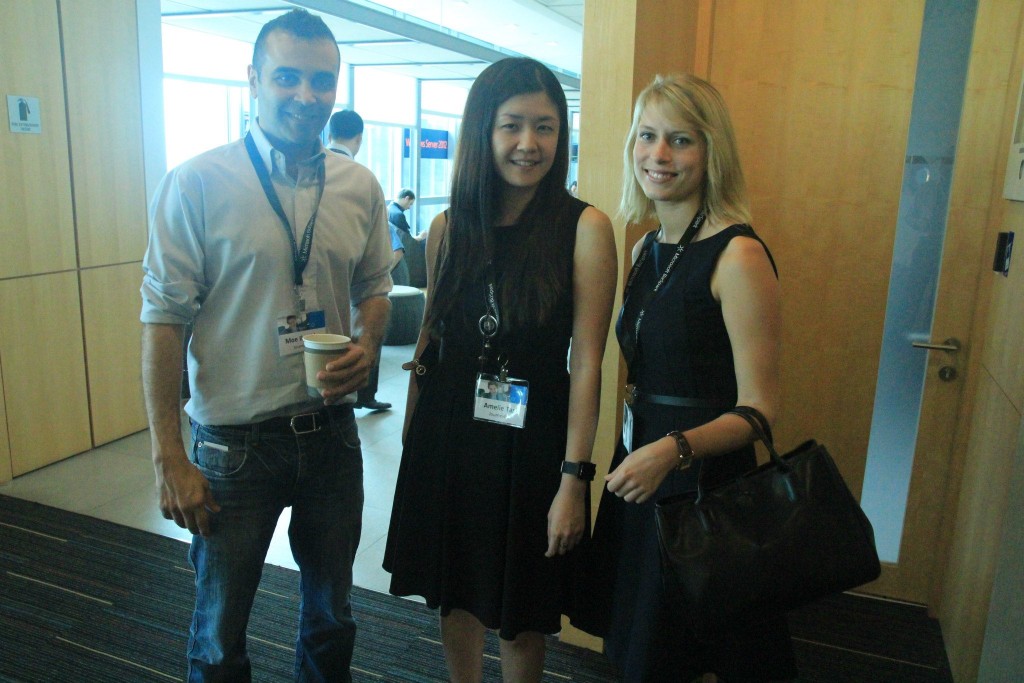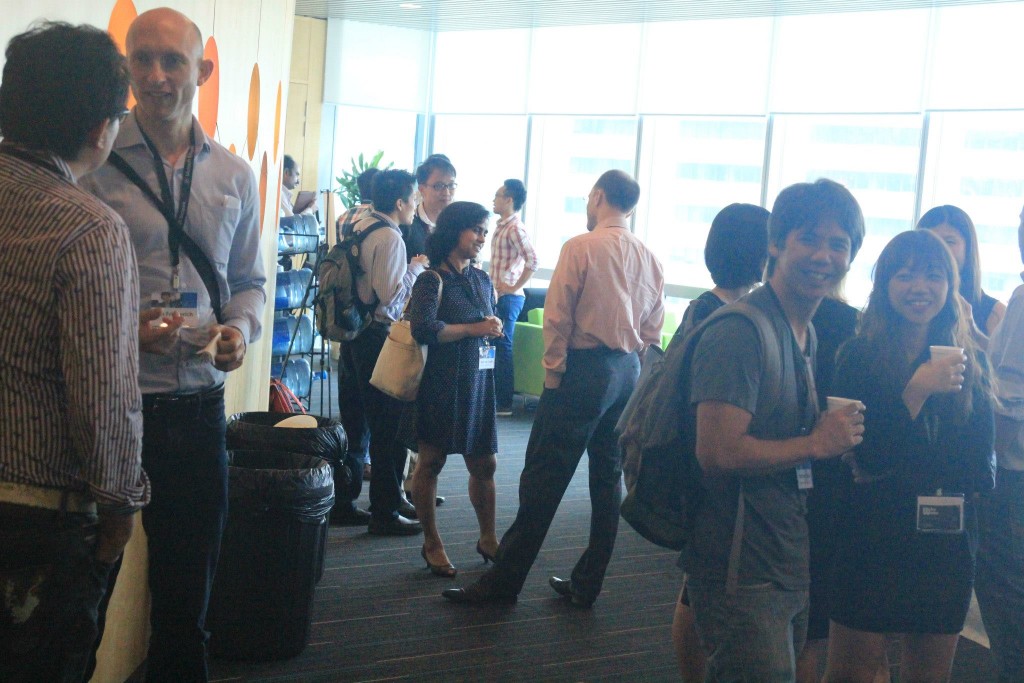On 27th February 2014, Microsoft Singapore held its 1st BizSpark Summit. I was honored to be part of this exciting summit which brought together entrepreneurs and investors in the region to exchange ideas and experiences about the latest developments in the startup scene. Here are three key lessons that I learnt from the Summit:
1. Defining your market size.
During the panel discussion on “What investors are looking for in 2014”, panelists pointed out that although there has been exciting developments in the local startup scene, entrepreneurs will need to think globally and not be confined to the Singapore market. An example cited was Redmart, which has successfully raised $3.5 million in its Series A funding and is currently building its logistics capabilities to expand into regional cities. By carefully selecting the right market to target, it will create opportunities and insights that might otherwise be overlooked.
There are several methods for gauging the market size of specific industries and customer segments. Besides popular analyst groups such as Gartner Group and Forrester Research, you can also research market statistics on analyst report sites such as IBISWorld and MarketResearch. To determine competitor’s market share and customer growth markets, you can perform calculations based on the competitor’s web traffic that is tracked by Alexa and Quantcast.
2. Understanding your value proposition.
Several promising local startups pitched at the Summit and one of the key attributes that the judges were focused on was the value proposition of the startup. It was insufficient when startups cited “first mover advantage” and “network effect” as competitive advantages. Apple has shown the world that it need not be the first in the market, but it can offer a clear and distinct value proposition in its mobile device offerings to become a dominant global player.

In my opinion, a great tool for testing a business model is the Business Canvas Model, which is defined as a “strategic management and entrepreneurial tool”. The Business Canvas Model enables entrepreneurs to define their startup ideas in terms of key partners and activities, value propositions, customer relationships and segments, channels, revenue streams, and cost structures. It allows entrepreneurs to perform a “sanity check” on their startup idea by ensuring a coherent storyline amongst their value propositions, customers, and partners in the ecosystem.
3. Determining the measurement of success.
Dibyo Haldar (Analytics Manager, Facebook) provided valuable insights into metrics measurement for startups during his talk on “Making better decisions with analytics”. He introduced Dave McClare’s AARRR Framework that organizes startup metrics into five main categories: Acquisition, Activation, Retention, Referral, and Revenue.
To help identify metrics for measurement, entrepreneurs can develop a metric tree that maps out important metrics/attributes for their startup. More importantly, entrepreneurs will need to consistently revise their key performance metrics to match the growth stages of their startups.
Besides picking up new knowledge at the Summit, I was also able to meet with fellow friends in the industry and to share our startup experiences with each other. I had a great time at the Summit and I am eagerly looking forward to the next edition of the BizSpark Summit.
What do you think of the BizSpark Summit? Do you have other great events and conferences that you’d like us to cover? Do share with us your experiences and recommendations in the comments below.




 Follow
Follow